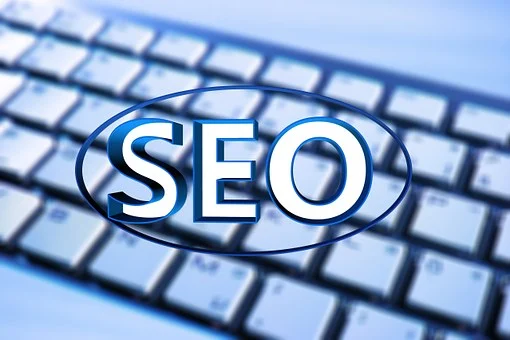SEO is a long-term marketing strategy that takes time to see results. That’s why it’s essential to stay on top of SEO maintenance.
The online world constantly changes, and search engine algorithms are always adjusting. It means that you need to be able to adapt your SEO strategy and meet the new criteria to be ranked higher on search results.
Content Marketing
Content marketing is a vital part of any digital marketing strategy. It can help you rank well on search engines and drive traffic to your site.
The primary purpose of a content strategy is to deliver information that your target audience will find valuable and helpful. It can be done through writing blogs, articles, social media posts, and more.
Creating content that meets your audience’s intent is crucial to success in SEO. It is why it’s essential to ensure your content is optimized for the current best practices and that you stick to topic areas that interest your audience.
In addition, your content should be readable and engaging. To do this, you can adopt a scannable content structure that makes it easy for your audience to find the information your audience is looking for quickly.
As a result, you can increase your brand awareness and authority by creating valuable and engaging content that your target audience will want to read. It will also help you gain their trust and affinity, boosting your sales.
If you need help determining what content you should create, look at what your competitors are doing. It will give you an idea of what topics are popular and which will work for your business. It will also help you identify new opportunities to create high-quality, unique content that will improve your rankings and drive more traffic to your website. To be successful, you need to rank first, and regular SEO maintenance may help you achieve and maintain that position.
On-Page Optimization
On-Page Optimization is optimizing your website’s web pages to improve visibility and traffic. It involves optimizing page-specific components like titles, content, internal links and URLs. It also consists in posting high-quality, relevant content and images.
Search engines use on-page SEO factors to understand your site’s content and identify its relevance to a searcher’s query. Unlike off-page SEO, on-page SEO is controlled by you and can be tweaked.
The most important on-page SEO elements are title tags, content and internal links. Each should be unique, descriptive about the page and optimized with a keyword.
In addition, on-page SEO includes techniques that improve the user experience on your website and help search engines recommend your site to users. These include things like intuitive navigation, site speed, and design.
Another important on-page SEO factor is ensuring that your content is readable. A readable text can reduce your bounce rate and increase conversions. It also improves your rankings because Google and other search engines want to rank websites their readers can easily understand.
Link Building
Links are an essential part of search engine optimization (SEO). They help Google understand a website’s authority and its relevance to a given query. They also drive referral traffic and develop relationships with other websites.
Most link-building strategies are based on the creation and promotion of high-quality content. This content will naturally generate links and a vote of confidence from authoritative websites and search engines to your website.
Creating and promoting content can be challenging, but if you’re committed to doing it, it’s one of the best things you can do for your SEO. Aside from generating links, great content will make people want to visit your site and tell others about it.
To do this, you need to understand who your audience is and what kind of content they need. You also need to know what websites they visit so you can target them with outreach.
Once you have a list of potential target websites, you can contact them and request a link. It is an ongoing task that can take a lot of time, so setting expectations and aligning them with your overall goals is essential.
Social Media
Social media is a massive part of the internet and an important business marketing tool. It can build brand recognition, share valuable content, gain trust, and drive traffic to your website.
It also allows you to research and understand your target audience and learn what they want from you. This information is then used to improve your offering and help you stand out.
In the past, many marketers viewed social media as a low-cost and ineffective way to promote their business, but that’s not the case anymore. Social media is now a powerful marketing tool that can be integrated into your SEO strategy to help you boost your rankings and attract more traffic.
One of the most obvious ways that social media can influence your SEO is through search engine optimization. Google, for example, often displays social profiles under a website’s results in its SERPs. Another essential social media SEO tactic is utilizing hashtags in posts. It lets your followers find you through similar hashtagged content and click through to your site, boosting your rankings in social search. As a result, it’s essential to be active on your social media accounts and keep them relevant to the topics you cover on your website. Not only will this increase your engagement, but it will also encourage visitors to spend more time on your site and boost your search engine rankings.








